Canadian design firm Bocci lights up the Vancouver sky

4103273522001
The new permanent light installation created by Vancouver-based design firm Bocci gives life and soul to a heretofore rather anonymous plaza in front of the Fairmont Pacific Rim hotel. The public artwork features Bocci's latest product, 16, a glass light poured in layers and supported by a modular steel armature.
Known for its dramatic large-scale installations and equally inventive glass lights, Canadian design firm Bocci has created its first permanent outdoor public artwork in its hometown of Vancouver.
Located at the foot of the city’s artiest and chicest luxury hotel, the Fairmont Pacific Rim, the sculptural piece - titled 16.480 - consists of a ‘grove’ of 11 stainless steel trees adorned with 480 layered glass petals that light up at night to create a canopy of light.
The trees, which measure between four and six meters in height, are arranged in four distinct groups amid a ‘forest floor bed’ of charred cedar planks and tiles cut to the same dimensions as the surrounding paving stones. The wood base references the ‘beautiful wood cobbles used as paving in large parts of early Vancouver,’ explains Bocci’s creative director Omer Arbel. All arranged in stepped formations and mounds, the aim is to provide informal seating and natural gathering areas.
Though Arbel and his team are more used to making ‘things that drop from above,’ they chose to make a piece that emerges from below this time, giving life and soul to the previously rather anonymous and wind-swept space between the hotel entrance and the office tower to the west.
‘What we tried to do with those trees is grab as much of that rectangular volume as possible and tie it back in a tactile way to the onlooker,’ explains Arbel. ‘Some of the leaves come to within inches of your face, and others stretch out towards the two facades of the buildings. As a visitor this allows you to project yourself out and inhabit a larger volume in a more visceral and poignant way.’
The Fairmont Pacific Rim Hotel is no stranger to statement art: a poem by British artist Liam Gillick wraps around floors five to 22 of its most visible corner; an abstract shimmering stainless steel forest scene by architect James Cheng graces its south western façade; and plenty high-calibre art dress the walls within.
Hotel owner, developer and founder of real-estate giant Westbank, Ian Gillespie, is known for integrating art and architecture in all his projects, saying it not only adds value to developments but also creates a growing ‘body of contemporary work’. Bocci’s steel-and-glass illuminated forest has imbued the Fairmont Pacific Rim entrance plaza with a new sense of poetry and majesty, providing the city with an alluring moment of surprise and discovery.
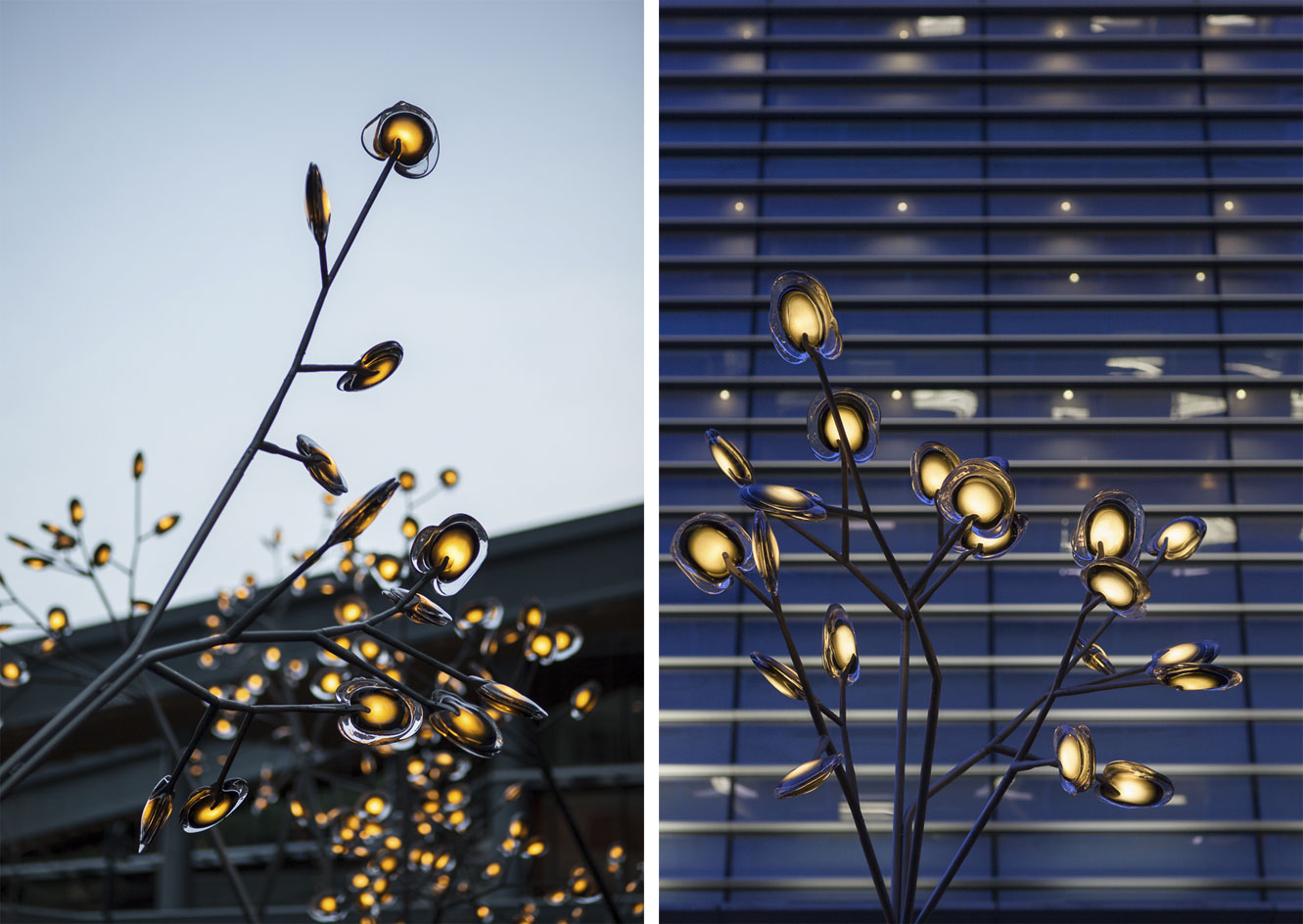
The glass 'petals' that adorn the installation are made by pouring three separate layers of molten glass – white, grey and clear - on a horizontal plane and attaching two of these layered pieces together. Each light is different and unique with its poured edges giving it a tactile and organic quality.
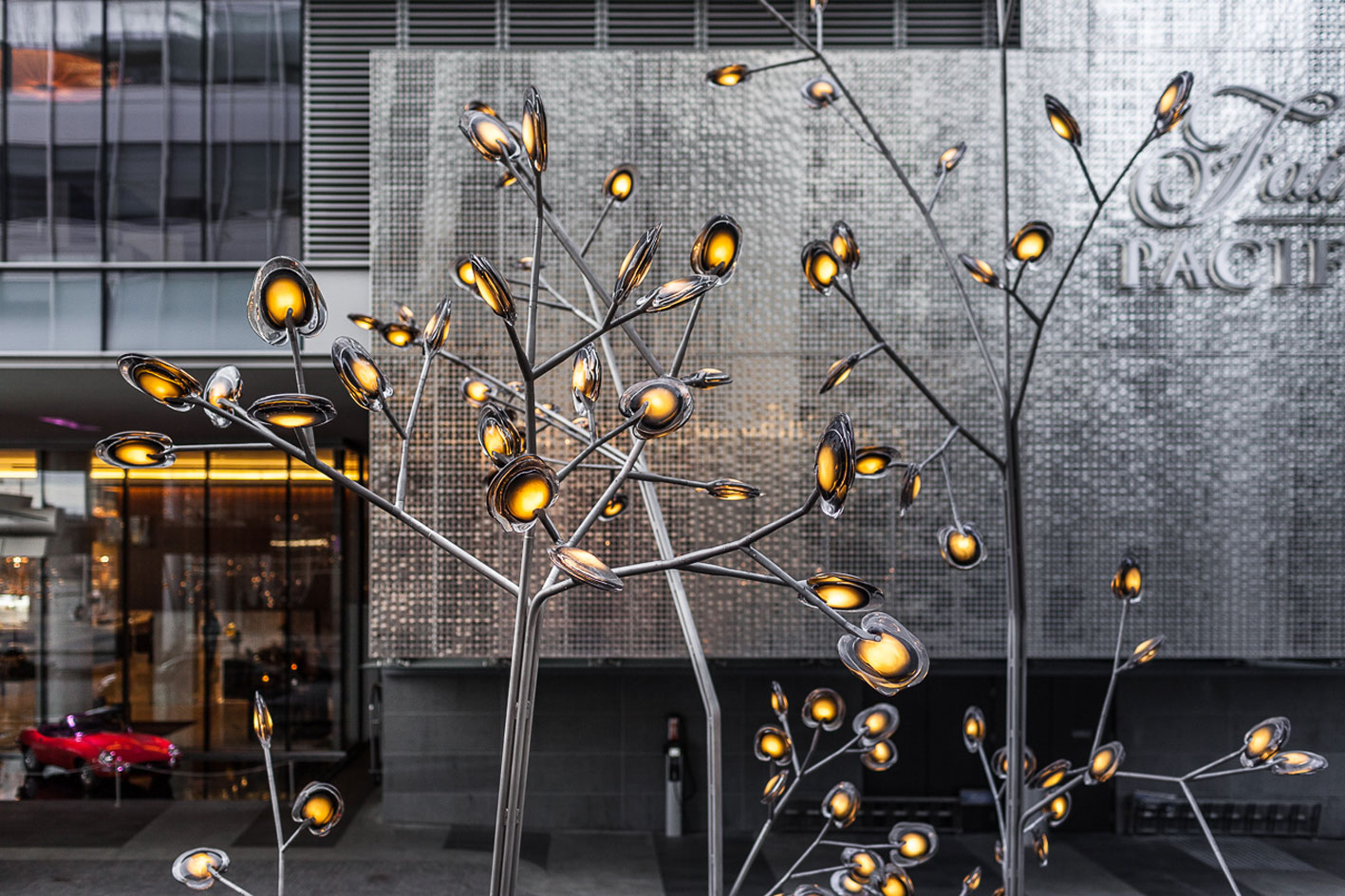
The glass-and-steel trees by Bocci are one of several artworks adorning Vancouver’s Fairmont Pacific Rim hotel. Visible in the background is a shimmering stainless steel façade by the hotel's architect James Cheng depicting North Vancouver’s rainforest through thousands of perforated circles, bumps and dimples. Photography: Gwenael Lewis

Bocci’s light trees emerge from a landscape of wood planks charred - as in the ancient Japanese technique of torching timber calle shou sugi ban - to provide longevity.

The installation creates a canopy of light after dusk, making a departure for Bocci whose previous monumental sculptural pieces have dropped from above instead of emerging from the ground.
Receive our daily digest of inspiration, escapism and design stories from around the world direct to your inbox.
Giovanna Dunmall is a freelance journalist based in London and West Wales who writes about architecture, culture, travel and design for international publications including The National, Wallpaper*, Azure, Detail, Damn, Conde Nast Traveller, AD India, Interior Design, Design Anthology and others. She also does editing, translation and copy writing work for architecture practices, design brands and cultural organisations.
-
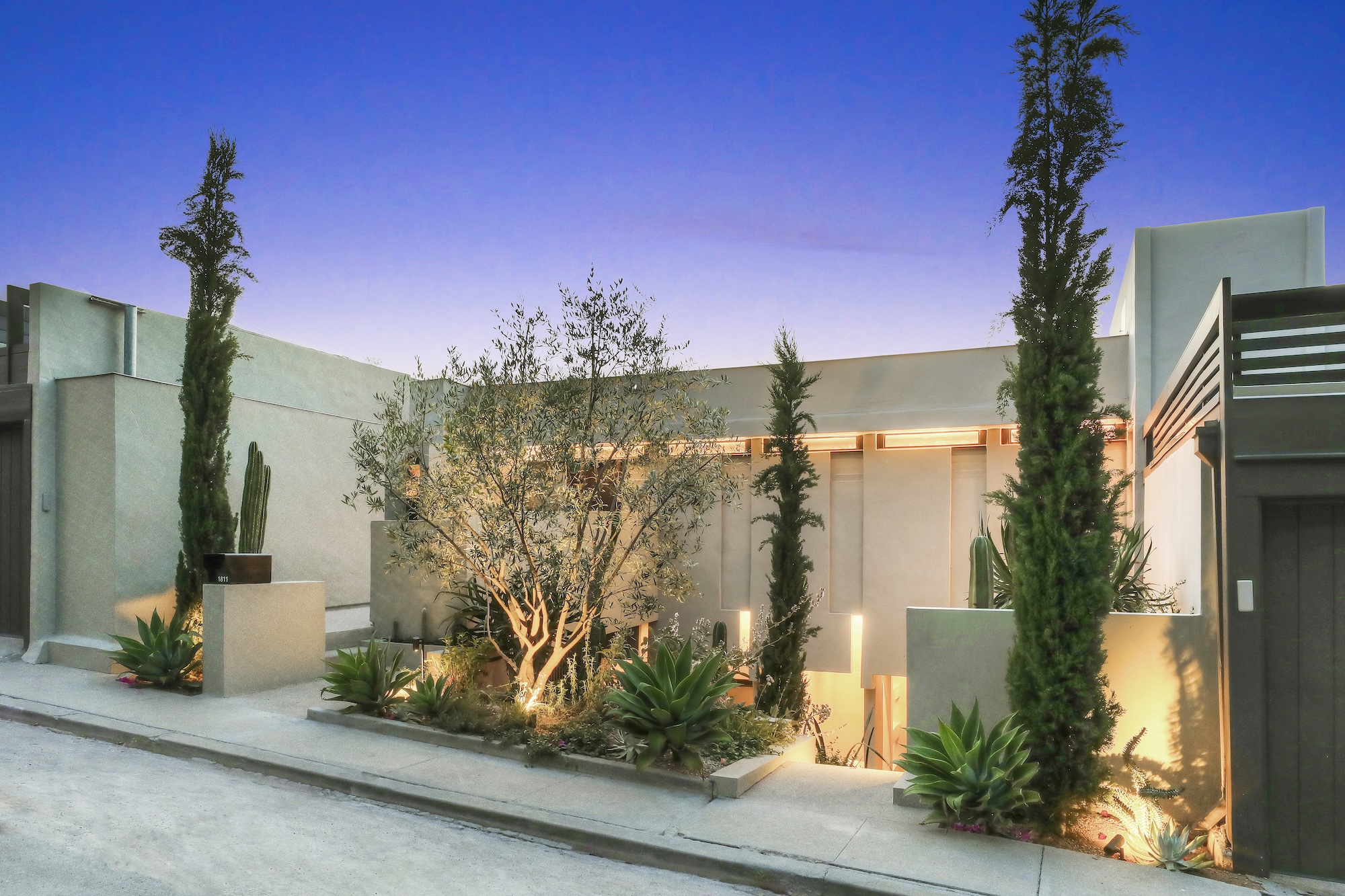 A rare Rudolph Schindler-designed rental just hit the market in Los Angeles
A rare Rudolph Schindler-designed rental just hit the market in Los AngelesThis incredible Silver Lake apartment, designed one of the most famous voices in California modernism, could be yours for $3,675 a month
-
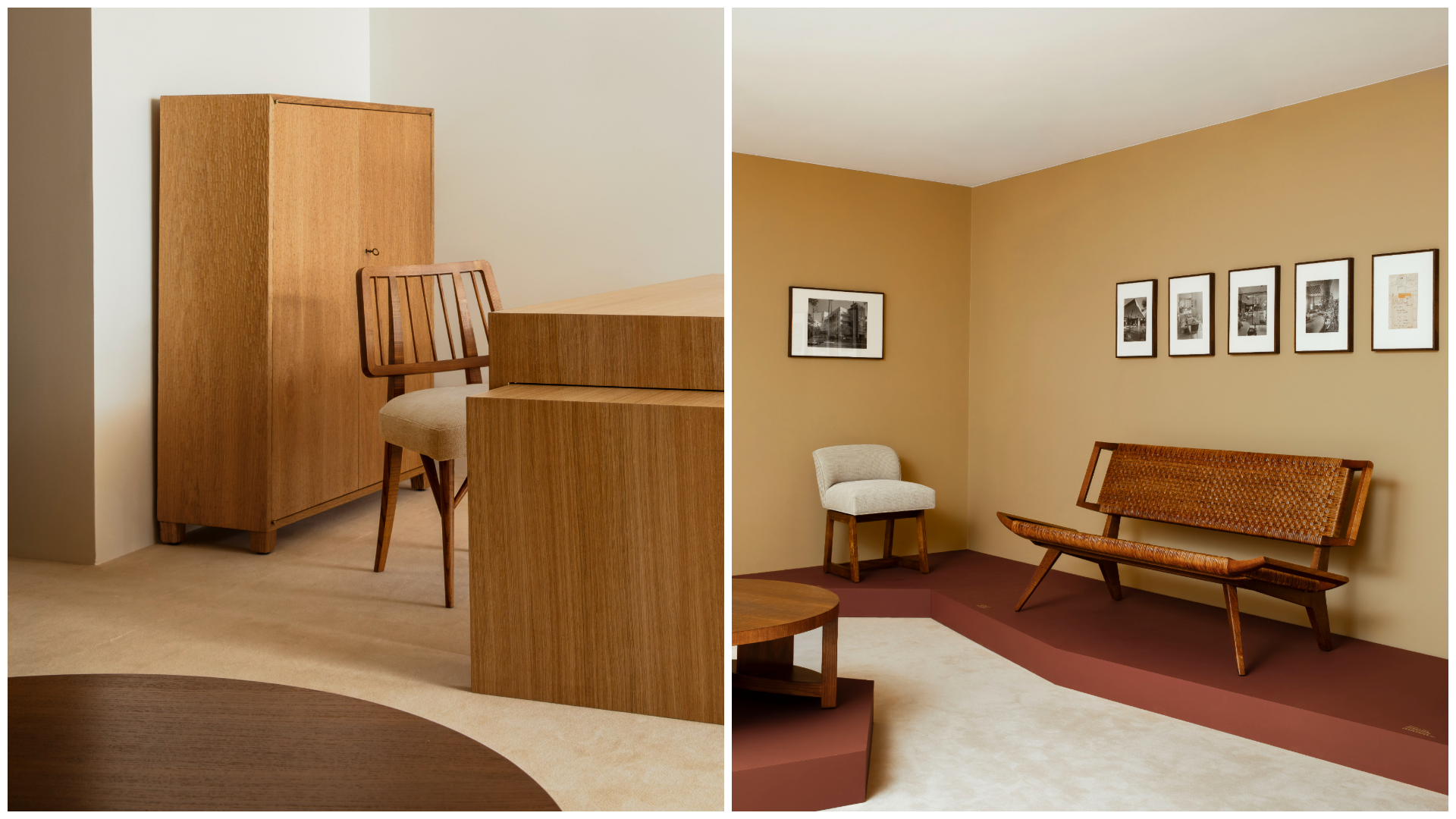 Pierre Yovanovitch on reviving French design house Ecart, and the ‘beautiful things’ ahead
Pierre Yovanovitch on reviving French design house Ecart, and the ‘beautiful things’ aheadTwo years after acquiring Ecart, Yovanovitch unveils his plans for the design house founded by Andrée Putman and now relaunched with a series of reissues by American-Hungarian émigré Paul László
-
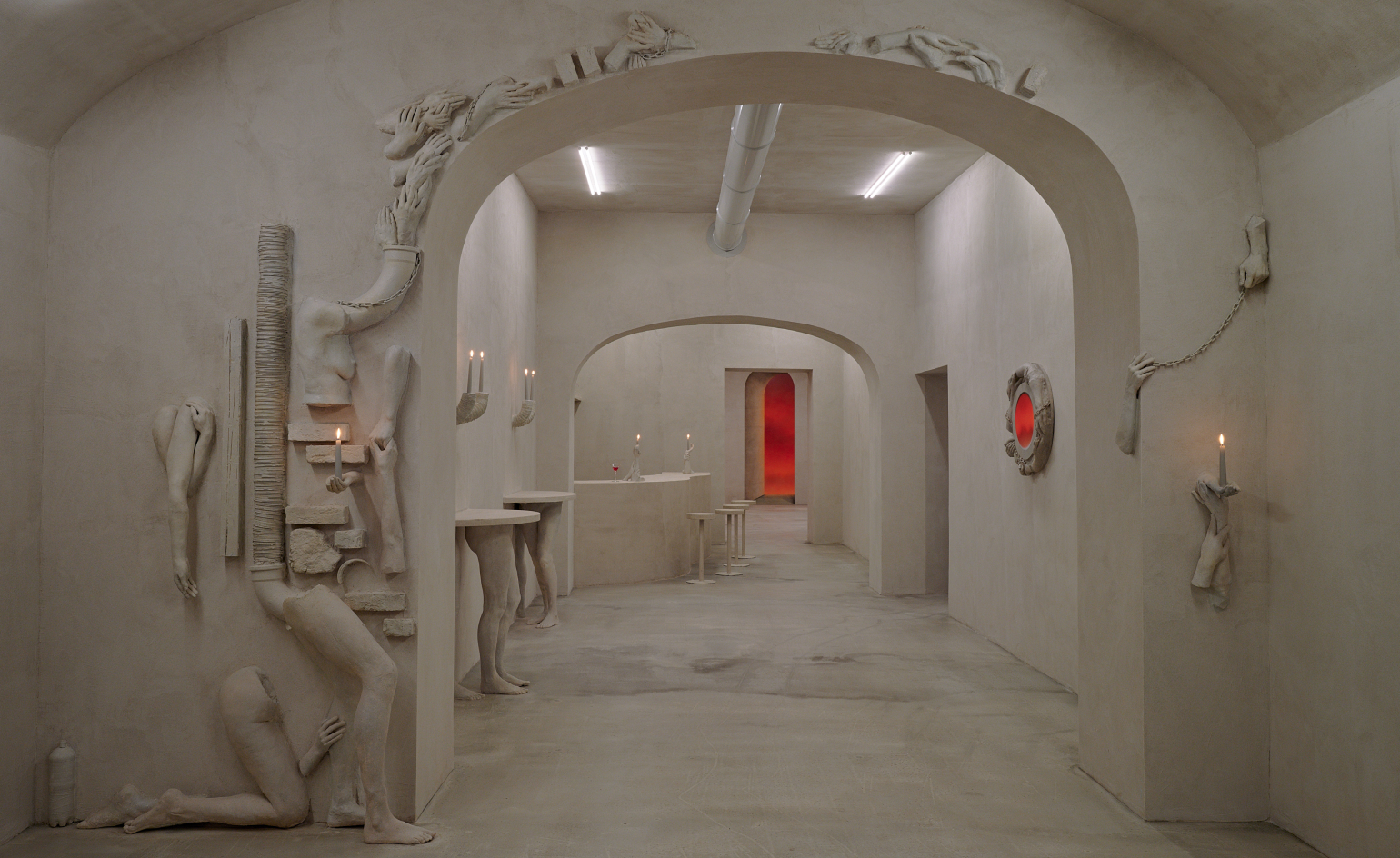 Rome’s hottest new bar is a temporary art installation – don’t miss it
Rome’s hottest new bar is a temporary art installation – don’t miss itVilla Lontana presents ‘Bar Far’, a striking exhibition by British artists Clementine Keith-Roach and Christopher Page, where nothing is what it seems
-
 Beyond tourism: Caribbean artists reflect on its legacy
Beyond tourism: Caribbean artists reflect on its legacy'Fragments of Epic Memory' at the Columbus Museum of Art looks beyond the Caribbean's stereotypes
-
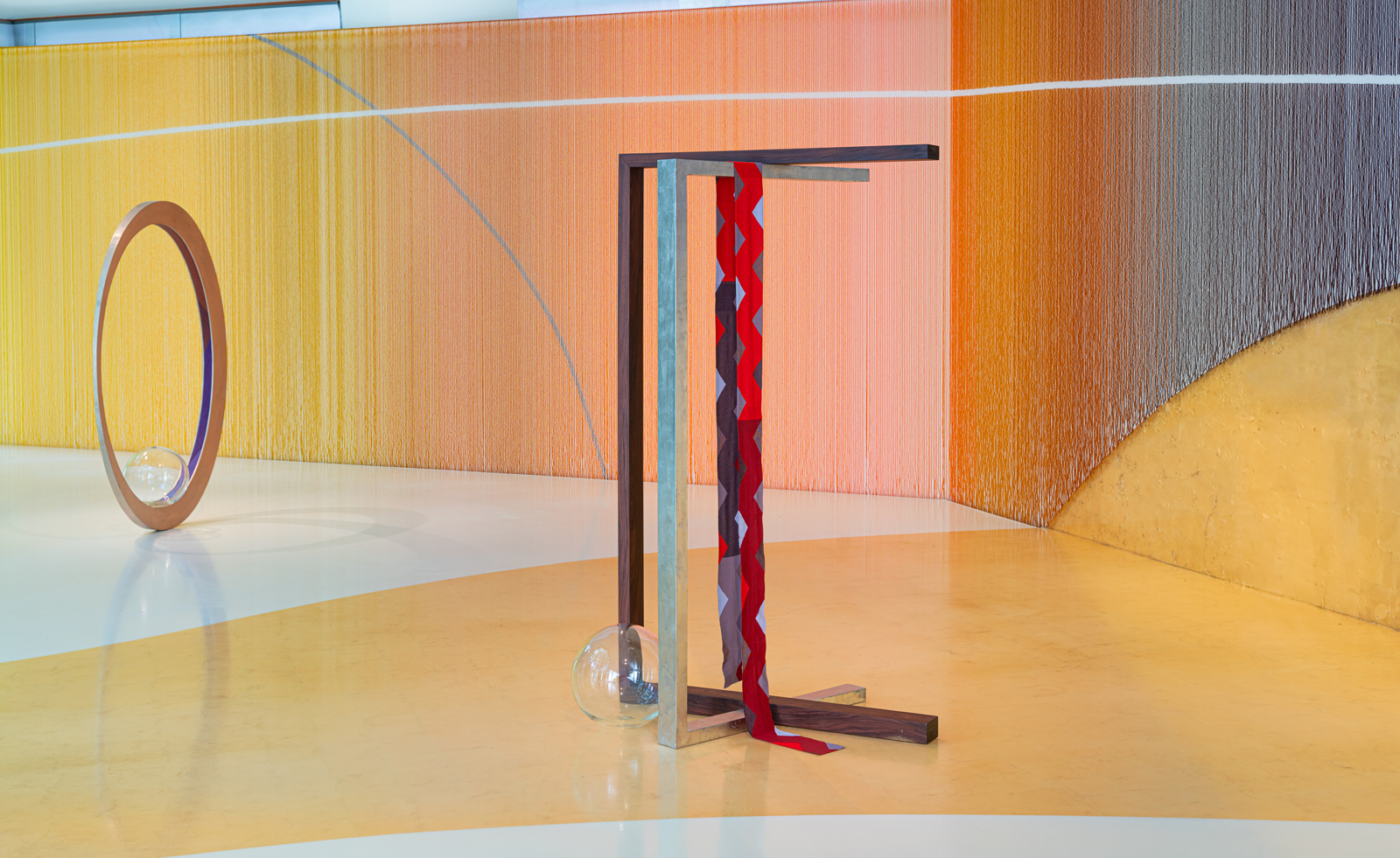 Kapwani Kiwanga considers value and commerce for the Canada Pavilion at the Venice Biennale 2024
Kapwani Kiwanga considers value and commerce for the Canada Pavilion at the Venice Biennale 2024Kapwani Kiwanga draws on her experiences in materiality for the Canada Pavilion at the 60th Venice Biennale
-
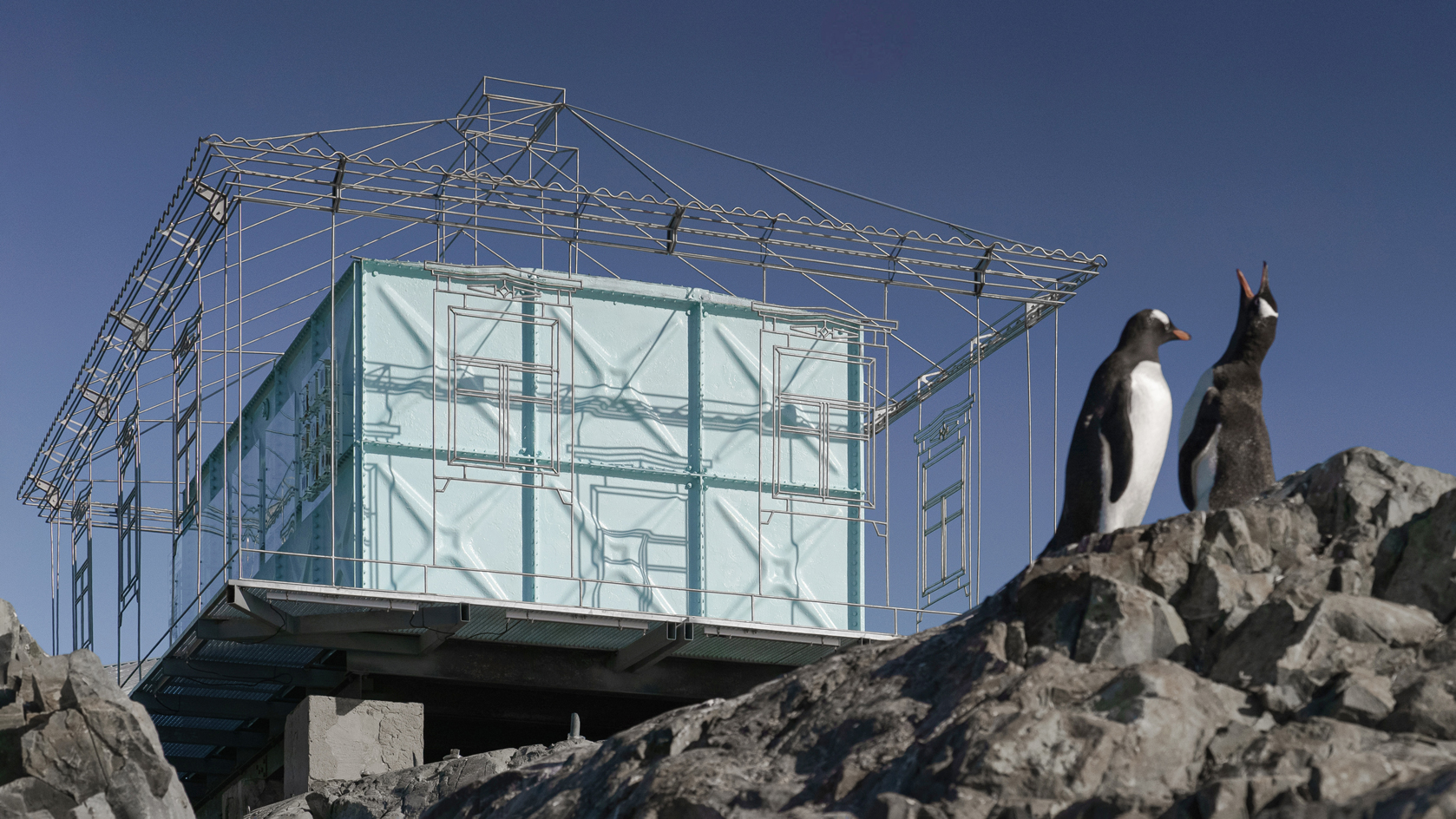 Remote Antarctica research base now houses a striking new art installation
Remote Antarctica research base now houses a striking new art installationIn Antarctica, Kyiv-based architecture studio Balbek Bureau has unveiled ‘Home. Memories’, a poignant art installation at the remote, penguin-inhabited Vernadsky Research Base
-
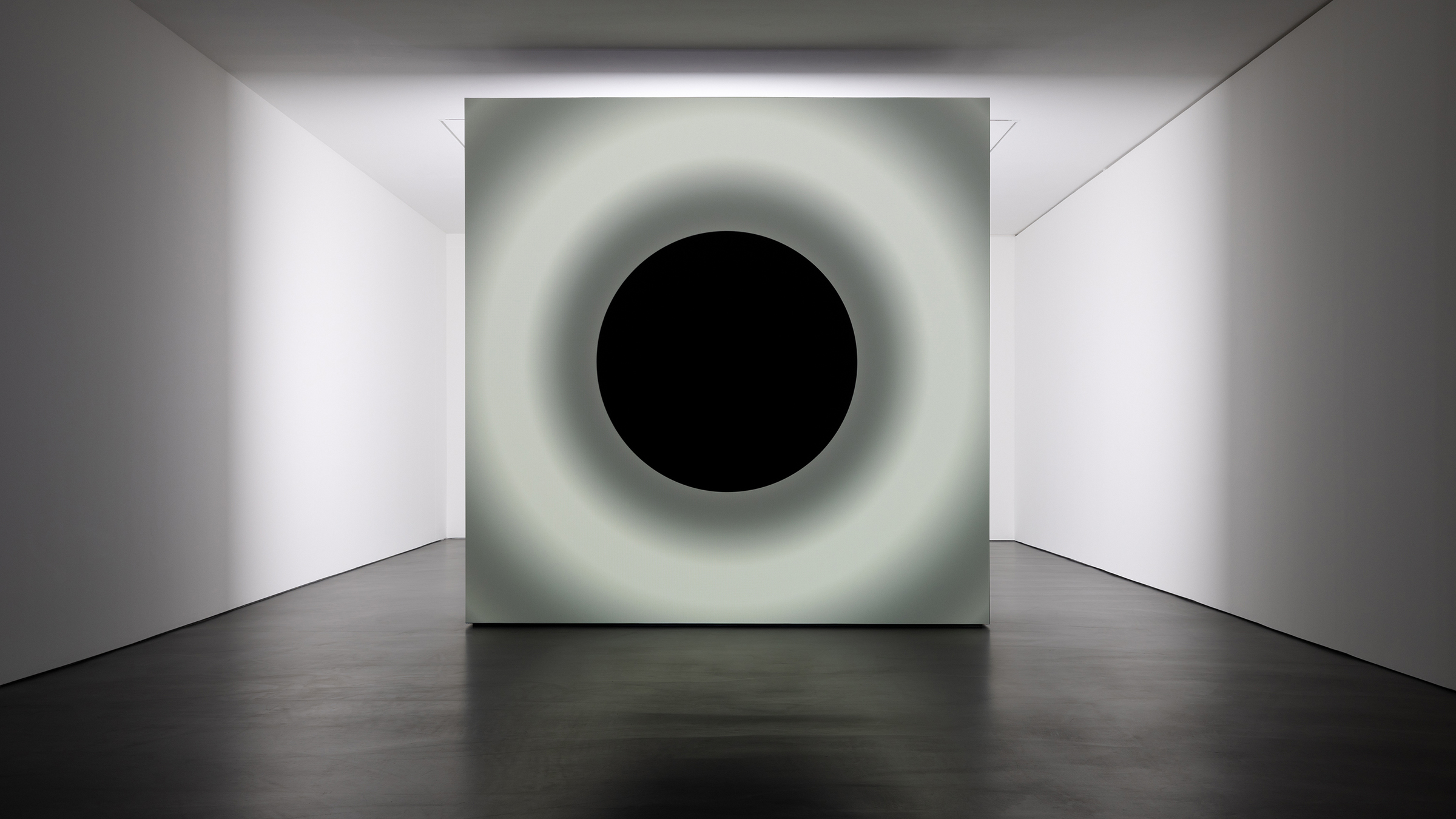 Ryoji Ikeda and Grönlund-Nisunen saturate Berlin gallery in sound, vision and visceral sensation
Ryoji Ikeda and Grönlund-Nisunen saturate Berlin gallery in sound, vision and visceral sensationAt Esther Schipper gallery Berlin, artists Ryoji Ikeda and Grönlund-Nisunen draw on the elemental forces of sound and light in a meditative and disorienting joint exhibition
-
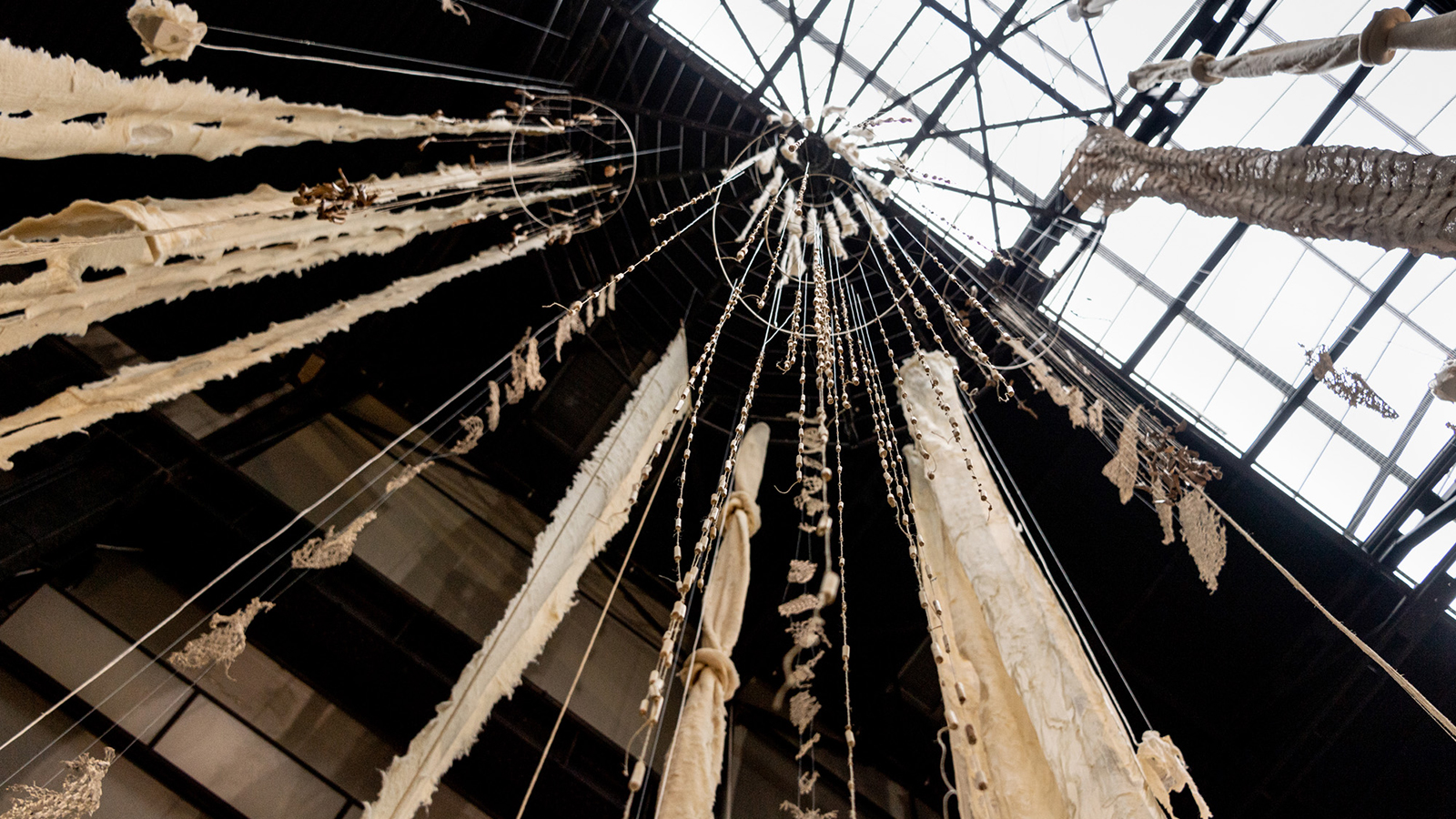 Cecilia Vicuña’s ‘Brain Forest Quipu’ wins Best Art Installation in the 2023 Wallpaper* Design Awards
Cecilia Vicuña’s ‘Brain Forest Quipu’ wins Best Art Installation in the 2023 Wallpaper* Design AwardsBrain Forest Quipu, Cecilia Vicuña's Hyundai Commission at Tate Modern, has been crowned 'Best Art Installation' in the 2023 Wallpaper* Design Awards
-
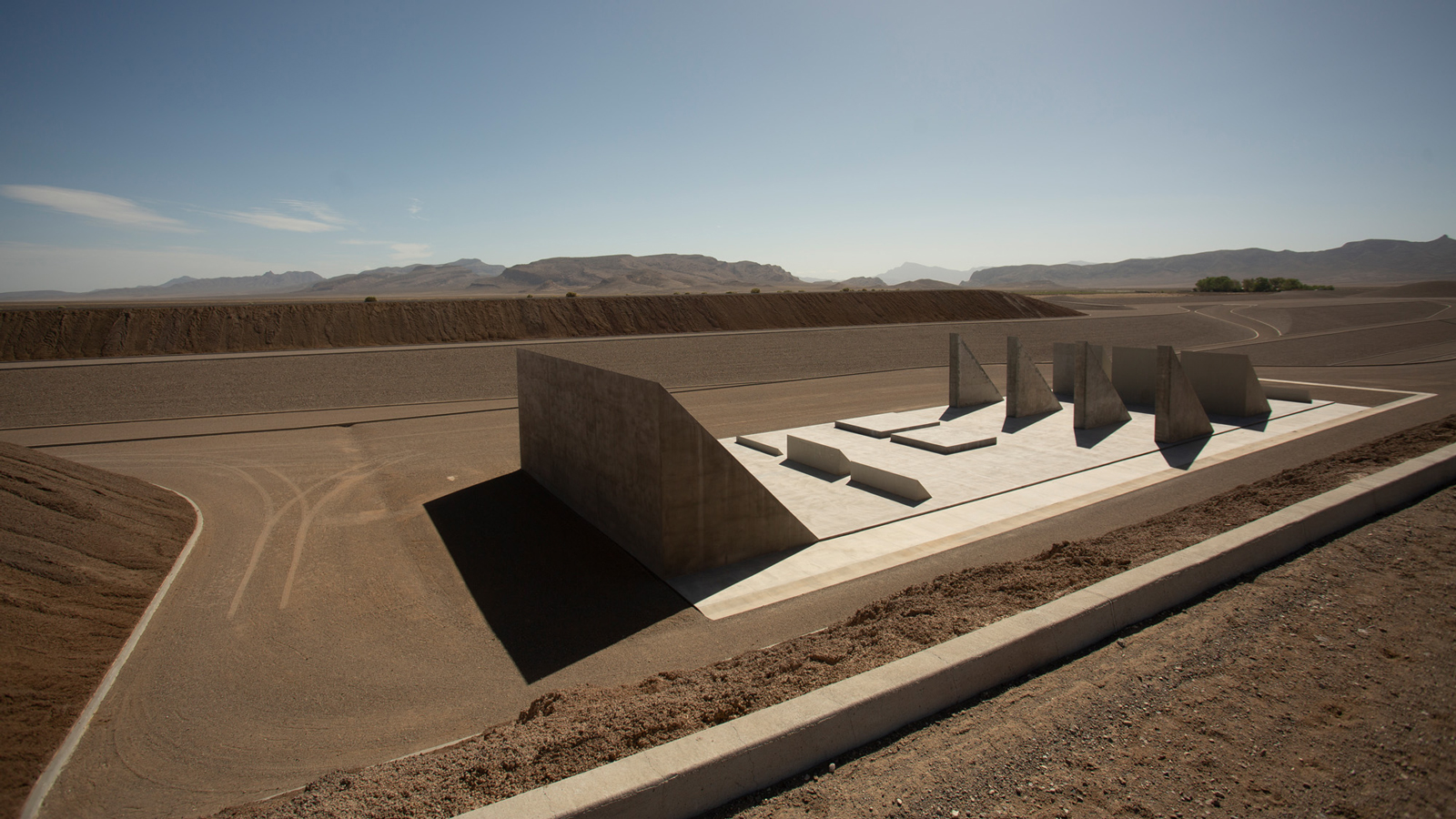 Michael Heizer’s Nevada ‘City’: the land art masterpiece that took 50 years to conceive
Michael Heizer’s Nevada ‘City’: the land art masterpiece that took 50 years to conceiveMichael Heizer’s City in the Nevada Desert (1972-2022) has been awarded ‘Best eighth wonder’ in the 2023 Wallpaper* design awards. We explore how this staggering example of land art came to be
-
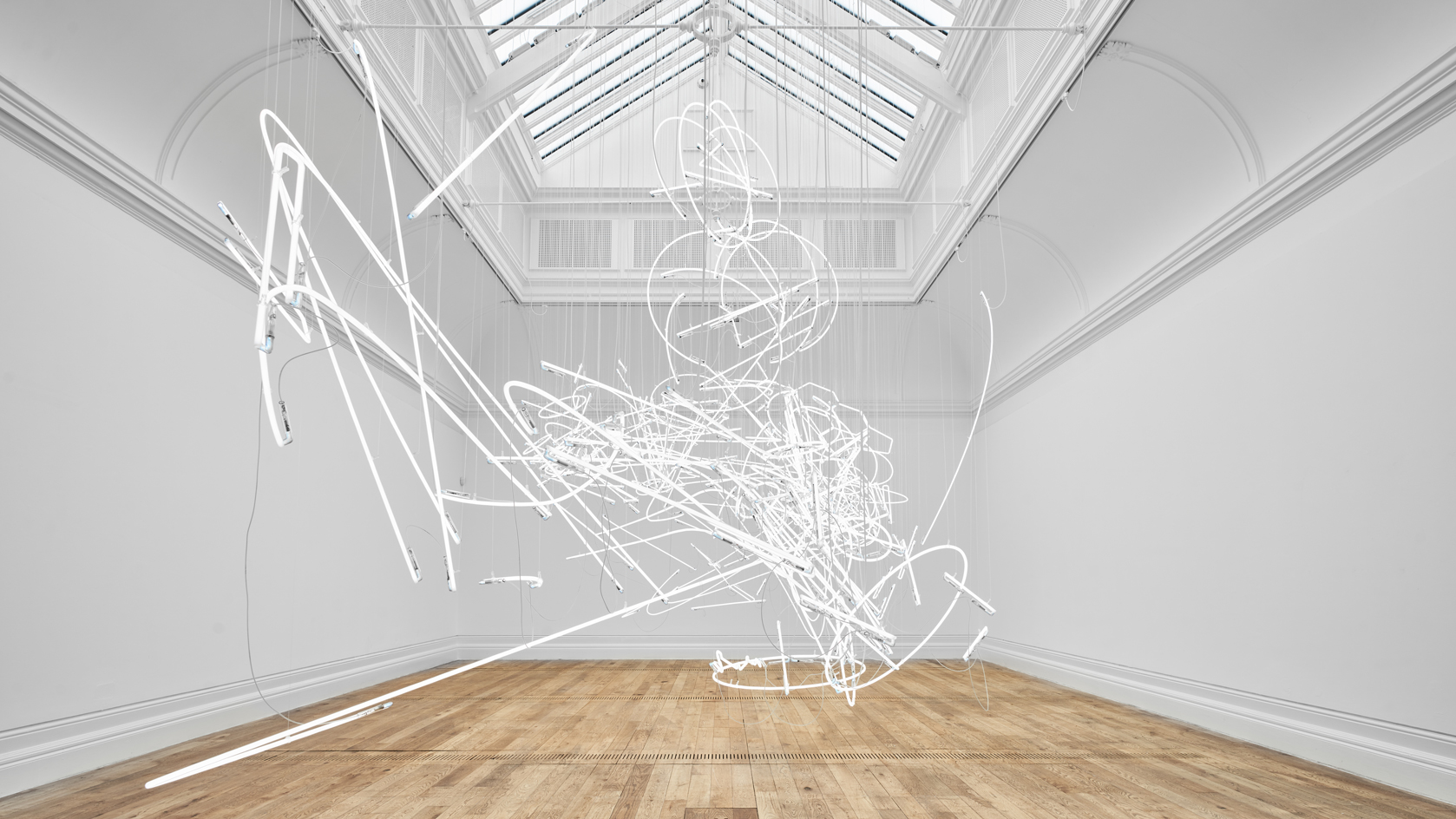 Cerith Wyn Evans: ‘I love nothing more than neon in direct sunlight. It’s heartbreakingly beautiful’
Cerith Wyn Evans: ‘I love nothing more than neon in direct sunlight. It’s heartbreakingly beautiful’Cerith Wyn Evans reflects on his largest show in the UK to date, at Mostyn, Wales – a multisensory, neon-charged fantasia of mind, body and language
-
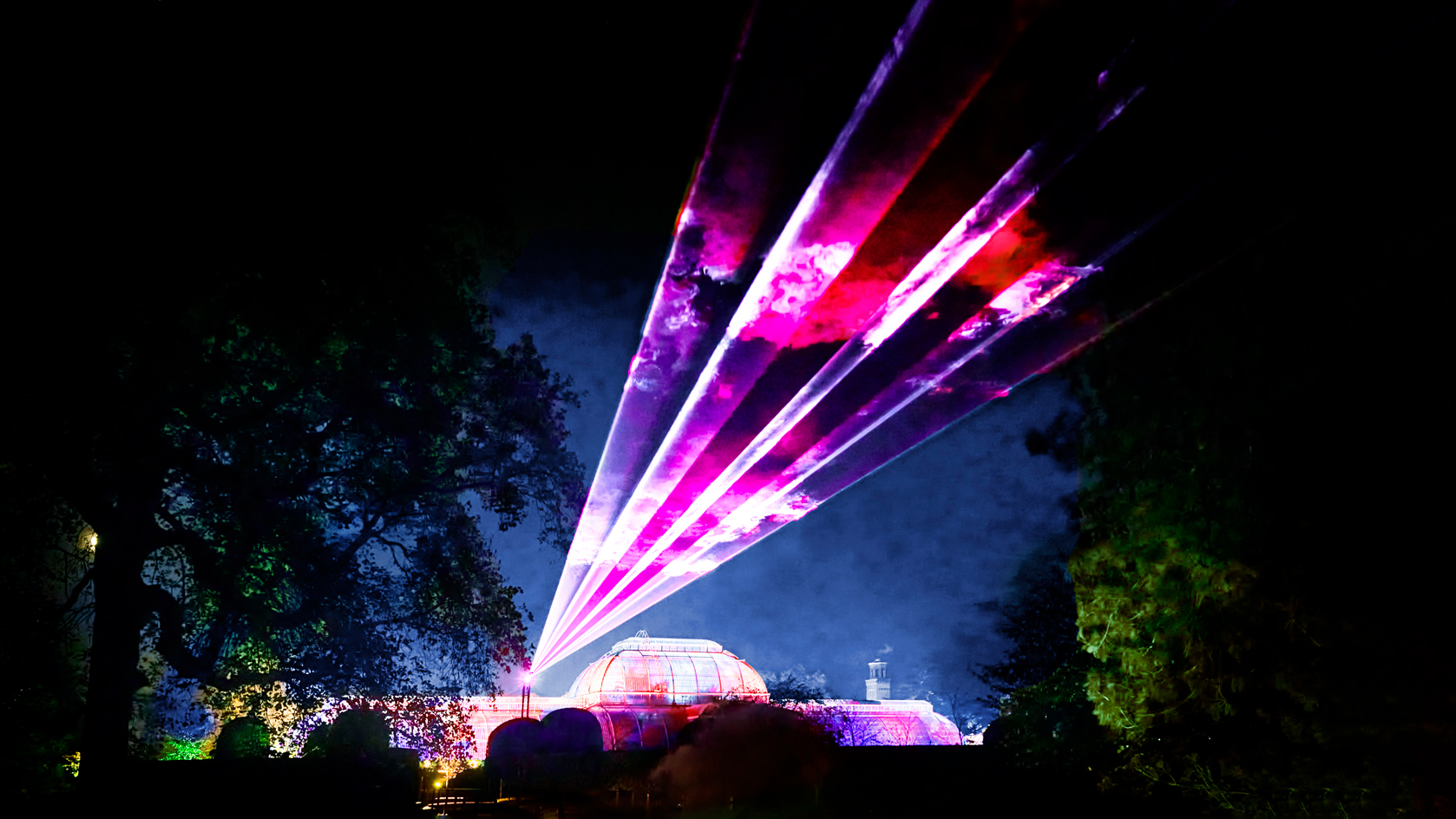 The best 7 Christmas installations in London for art lovers
The best 7 Christmas installations in London for art loversAs London decks its halls for the festive season, explore our pick of the best Christmas installations for the art-, design- and fashion-minded